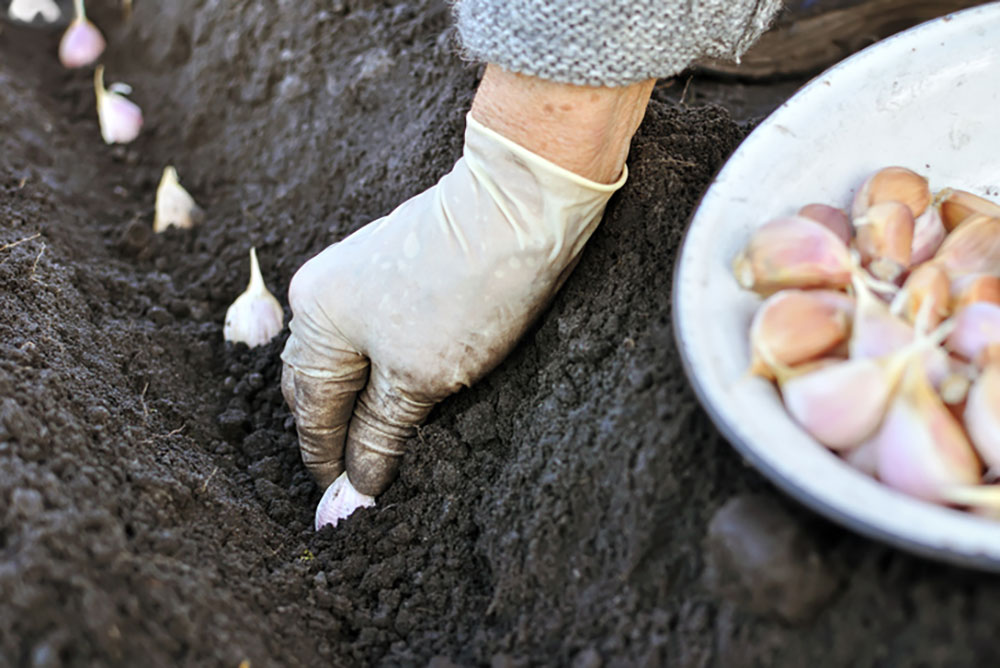By Stephanie Cavanaugh
DESPITE THE blazing heat that says otherwise, we are headed into fall. Nice fresh breezes, a little nip in the morning and evening, not enough for the fireplace, maybe, but if you’re rushing the season you won’t be sloshing about in sweaty new boots much longer.
It’s also one of the best, perhaps the best, time to plant perennials, with many favorites in bedraggled state on sale—they will revive—and the earth still warm so the plants’ little legs can reach down and wriggle about, getting settled and building strength to take off next spring.
It’s also time to divide overgrown plants, like hostas, daylilies, liriope, bee balm, and such.
You can pretty much just yank them up, brush off the soil, and either cut the root apart with a sharp knife or pull apart the plant, making smaller clumps. Replant these, water them well, and you’ve doubled or tripled the size of your garden bed, for free.
Then there are poppies to be planted, maybe. There seems to be a difference of opinion here, and I add no intelligence to the subject, having never managed to grow a single poppy since I started gardening 40 years ago. Or so. Give or take. But I’m always checking to see if I can find some miracle variety that will defeat my black poppy thumb.
I love poppies. Those big bright heads with the big black eyes, a big bed of them bobbing about is mesmerizing and, if you’re headed for Oz, might be soporific.
Now. Some say sow seed in spring, others say do it in the fall—the latter if you like to have an early spring crop. You can sow again in spring for a later display. A field of poppies! Sounds wonderful?
Nothing to it, they say. Just toss the seed, scratch it around the soil, and lightly water. Go to it Dorothy . . . poppies! Nothing. To. It.
It’s also time to consider next year’s crop of insects—and plant garlic, which not only dissuades ants, worms, stinkbugs, aphids, root maggots, carrot flies, and Japanese beetles (among other nasties) from nibbling at your fruit trees and flowers. It is also essential for warding off vampires, which are particularly troublesome in late October.
Just find a nice big, firm, tasty head of garlic—a visit to a farmers market might be in order here. The bigger and more pungent the cloves the better: Their children will inherit the traits. Separate the bulbs and peel off the tough covering that surrounds each clove, leaving the papery skin on for protection.
Plant 6 to 8 inches apart, cover with a couple of inches of soil topped with a light layer of straw or mulch.
In spring, coiled leaves will emerge. These are called garlic scapes. You need to cut these so the energy goes to bulb growth, not greenery, but they’re edible in salads and pesto. Meanwhile, the garlic heads are growing underground, getting fatter and yummier.
Dig the bulbs in mid-July, lay them out flat on something, and dry them in a dry spot. They cure in a couple of weeks.
Eat and repeat.

